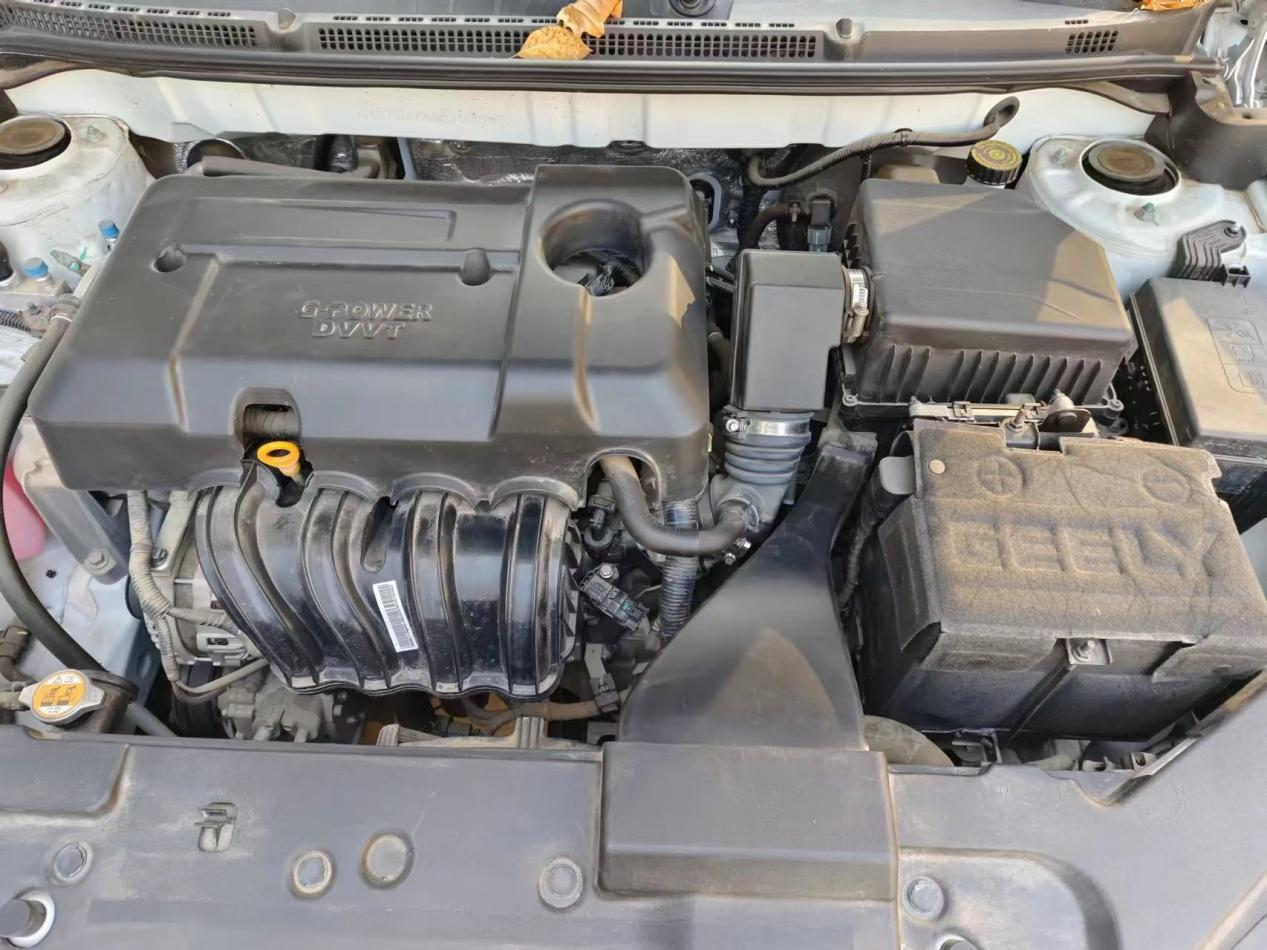- Phone:+86-17331948172 +86-0319-8862898
- E-mail: inquiry@puxingclamp.com
Lie . 31, 2024 22:11 Back to list
Essential Guidelines for Choosing and Installing BMW Coolant Hose Clamps for Optimal Performance
Understanding BMW Coolant Hose Clamps
When it comes to maintaining a BMW, one of the critical components that often gets overlooked is the coolant system. A properly functioning coolant system is vital to ensure that the engine operates efficiently and prevents overheating. Within this system, coolant hose clamps play a crucial role in securing the hoses that circulate the coolant. In this article, we will explore the importance of these clamps, the types available, and their maintenance.
The Role of Coolant Hose Clamps
Coolant hose clamps are devices used to hold the hoses that transport coolant between the engine and the radiator. Their primary function is to maintain a tight seal around the hose connections, preventing coolant leaks that could lead to engine overheating or even catastrophic engine failure. A failure of the coolant system due to a leaky hose can result in costly repairs, making it essential to ensure that all components are in top condition.
Types of Coolant Hose Clamps
There are various types of hose clamps, but the most commonly used in BMW models are
1. Spring Clamps These are the most common type found in many BMW models. Spring clamps use a spring mechanism to provide constant pressure on the hose, accommodating any expansion or contraction as the engine heats up and cools down.
2. Screw Clamps These provide a more adjustable and flexible option. Screw clamps use a metal band that tightens around the hose via a screw. They are easy to install and remove, making them a favorite among DIY enthusiasts.
3. T-bolt Clamps These are high-performance clamps designed for high-pressure applications. They provide a superior grip compared to traditional clamps and are often used in racing scenarios or in applications where reliability is paramount.
bmw coolant hose clamps

4. Worm Gear Clamps These clamps consist of a band that uses a worm gear to tighten around the hose. They are quite versatile and can be used in various applications, but they are not always the best choice for high-temperature areas.
Maintenance and Replacement
Regular maintenance of coolant hose clamps is essential. Over time, clamps can rust, corrode, or lose their tension, leading to potential failures. Here are some key maintenance tips
- Visual Inspection Regularly inspect the clamps for any signs of wear, rust, or cracks. Pay special attention to areas where the clamp contacts the hose, as this is where leaks can occur.
- Check for Tension Ensure that the clamps are tight enough to hold the hoses securely but not so tight that they damage the hose. If you feel any movement or see coolant leaking, it’s time to tighten or replace the clamp.
- Replacement It is advisable to replace coolant hose clamps whenever you replace the hoses. This ensures that you have a proper seal and reduces the risk of future leaks.
Conclusion
Coolant hose clamps may seem like a small detail in the overall maintenance of a BMW, but they play a vital role in the function and longevity of the vehicle. Taking the time to inspect, maintain, and replace these clamps as needed can prevent leaks, improve engine performance, and save you from costly repairs down the line. Remember, a small investment in maintenance can lead to significant savings in the future, allowing your BMW to run smoothly and efficiently for years to come.
-
High Quality Steel Midsoles in EN Standard | Safety Footwear
NewsJul.22,2025
-
Premium Cold Rolled Stainless Steel Strips | High Precision & Smooth
NewsJul.21,2025
-
High Quality T Bolt Hose Clip Factory & Suppliers Durable Stainless Steel Hose Clamps for Industrial Use
NewsJul.08,2025
-
High-Quality Hose Clamp & T Clamp Hose Clamp Reliable Factory & Suppliers
NewsJul.08,2025
-
Cold Rolled Stainless Steel Band - Premium Quality Supplier & Factory Price
NewsJul.08,2025
-
High-Quality Steel Strip from China Stainless Steel Coil & Cold Rolled Carbon Strip Manufacturer & Supplier
NewsJul.07,2025




